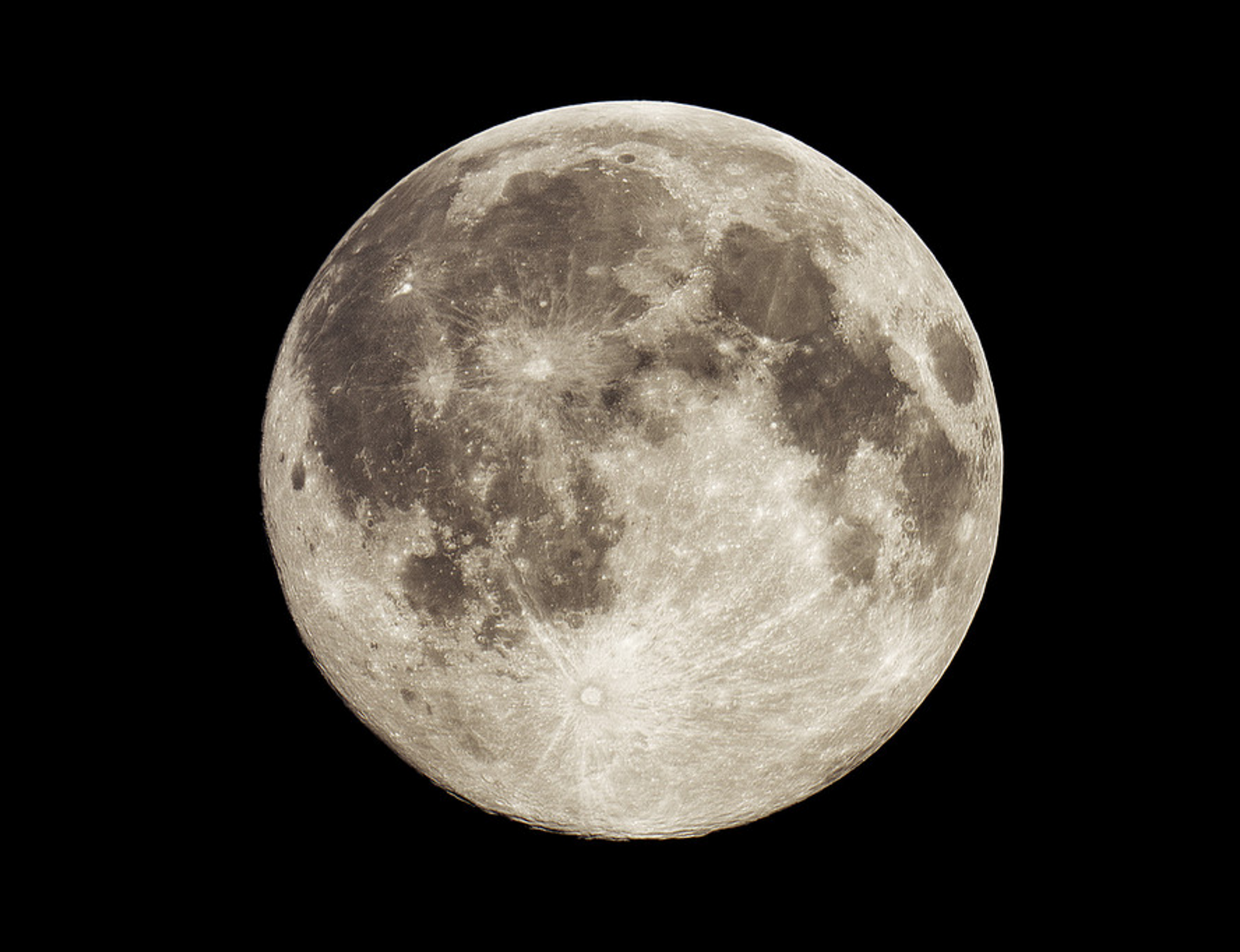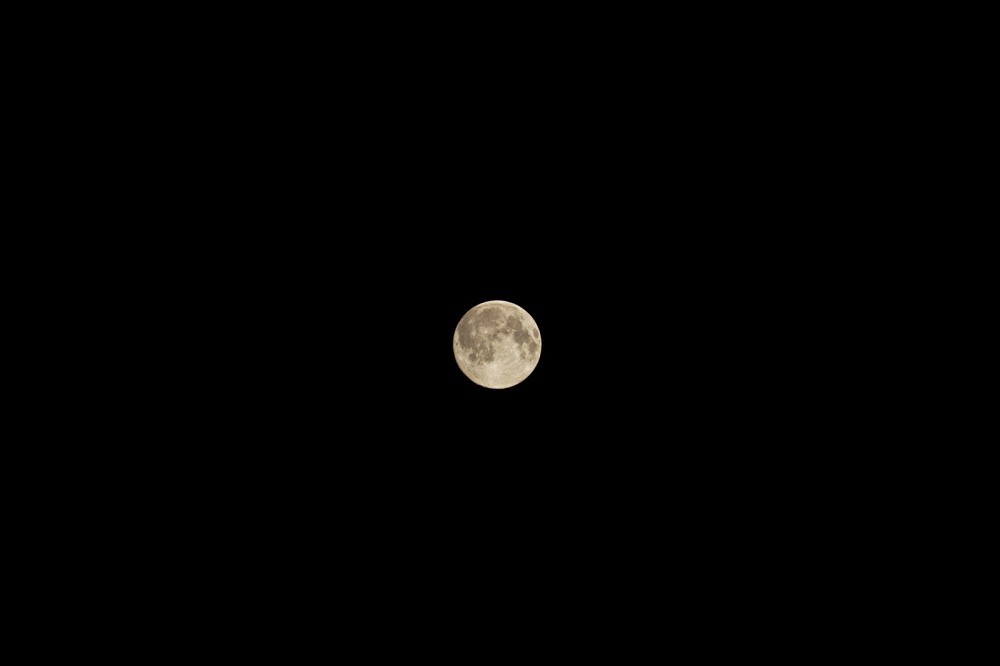How to take a picture of the moon in the "super moon"

In fact, there will be a revelation of the myth about the “super moon”. Well, for the benefit of the instruction how to photograph the moon correctly. I wanted to write this instruction for a long time, but waited for August. The fact is that the media is for some reason the most popular month for fried astronomical news. And non-profile media, as you know, always if they do not lie, they will be mistaken.
Let's start with the theory: how to photograph the moon?
First you need to note the fundamentally different plots of shooting such a banal object like the Moon. Typical cases are:
- I bought a new telephoto lens / camera with a large zoom and I want to photograph the surface of the moon
- I want to take a picture of the landscape with the moon or as an option with the moonlight
Take a picture of the moon or even craters on the moon
For the first option, you do not need to wait for anything other than a “super moon”, but in general a full moon. Pay attention to the following photo:
')

It shows moon craters and moon mountains. Not like the first photo taken at full moon. There they are also visible, but they look flat. Because at full moon, the sun illuminates the moon vertically and the relief details do not cast shadows - unlike this planet, the moon is about the same color. The most interesting phase of the moon when lit from 25% to 75% of the disk (preferably before the full moon, after the very landscape of the moon is less interesting).
Equipment
The camera fits any, the main thing is that you can control the shutter speed. A lens with a focal length of 200mm (or 10 times the zoom if you have a soap dish) and the more - the better. Even better telescope. I photographed large photographs of the moon through a telescope with a focal length of 1000mm. But the telescope also has a bonus: the focal length can be easily increased. For example, I easily “clocked” the same telescope to 10 meters focal length.

A tripod is also desirable for photographing the moon. Although at full moon, the shutter speed can be 1/500 of a second, and this is at ISO 100. But it is better to have a tripod. The specific value of the shutter speed is better selected by the method of sampling. Focusing is also better manually (tripod!).
Important note about white balance. For some reason, photographers even with large black cameras and shooting in the RAW forget about him just when shooting the moon. You can often see photos of the moon, where it is white. Automatic white balance usually does not cope with such a plot and the poet before shooting is better to immediately set the white balance "sunny." Then the color will be correct.
But what about the "super moon"?
This term was invented in general by journalists, who were very enthusiastic before the roast news, in 2013. And for shooting the moon, in principle, it is not necessary. If your lens is not long enough, and you want a bigger picture, it is better to crop the frame during processing. The difference in the size of the moon in the "superlunium" compared with the "average" moon is only 8%. And you can “enlarge” the moon several times.
Here, for example, looks like the moon through a 200mm lens (APS-C matrix)

Here it is during the "super moon":

And if you cut the black field:

Do astronomers with their ten-meter telescopes really use the moment of “super-moon” to photograph another 8% larger? Oddly enough, either. If you have a telescope, then a calm atmosphere is more important than a miserable 8%.
Shooting landscapes with the moon
Here we just need a full moon. And again, you need a telephoto. But, in fact, the secret of beautiful landscapes with the Moon is a collage. Type in "landscape moon" in Yandex and millions of collages will open to you. Just recently, a collage issued as a photo flashed on facebook with several thousand likes and questions in the comments saying how to take such a photo. More often the moon in landscape photographs is used simply as a source of light that illuminates the night landscape.
Source: https://habr.com/ru/post/396583/
All Articles